When it comes to choosing the perfect stone for your engagement ring or special piece of jewelry, the decision between cubic zirconia and diamond can be a tough one. Both options have their unique benefits and considerations. In this guide, we’ll help you understand the key differences and make an informed choice that suits your needs and budget.
What is Cubic Zirconia?
An inexpensive diamond alternative, cubic zirconia(CZ) is made of zirconium dioxide and touts similar optical qualities to that of a diamond. However, despite their parallels, the two are very different.
Unlike natural diamonds, all instances of cubic zirconia that we see today are man made. The crystalline material used to form cubic zirconia is created in a lab causing some consumers to refer to the stone as “faux”, “fake”, or “imitation”. However, as long as consumers are aware that they are purchasing a diamond simulant, not a real diamond, this isn’t an issue.
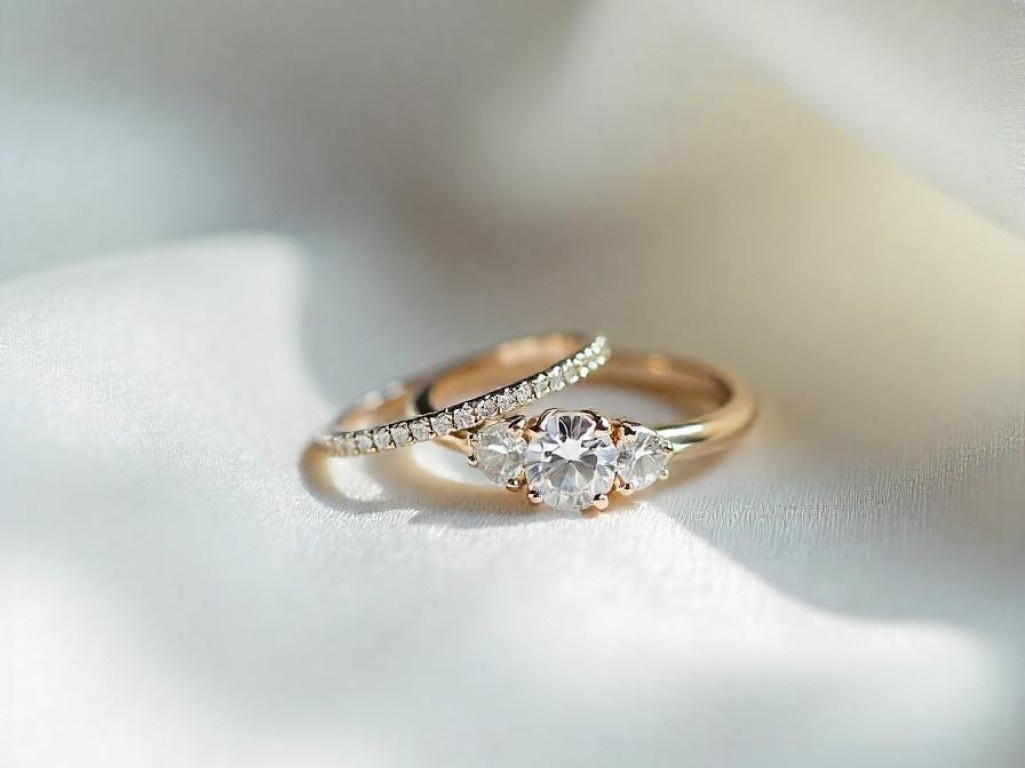
Pros of Cubic Zirconia
Price
The largest appeal of CZ is its affordability. Cubic zirconia is far cheaper than diamonds per carat making it a tempting option for budget-minded shoppers.
The Diamond Pro explains it this way, “a 1 Carat Round Cubic Zirconia engagement ring sells for $13.99, while a similar 1 Carat Diamond engagement ring that’s well-cut goes for $3,630. As another example, a 1.5 Carat Princess Cut cubic zirconia ring can retail for $37, whereas a 1.4 Carat princess cut engagement ring (with excellent Clarity, Cut and Color) costs $9,815.”
So why the price discretion? While CZ is affordable, it lacks many of the qualities that make diamonds so valuable such as durability, demand, and long-lasting beauty. The inexpensive cost of CZ reflects this.
Versatility
Cubic zirconia can be cut and polished into any diamond shape. From the beloved round and princess cuts to funky marquise and pear cuts, CZ can do it all.
Conflict-Free
As a diamond alternative that’s grown in a lab, cubic zirconia is conflict-free and more environmentally friendly than stones extracted from the earth.
Cons of Cubic Zirconia
Durability
Cubic zirconia rates at an 8.5 on the Mohs scale of hardness, a measurement system in place to rank a gem’s overall durability. While this rating isn’t terribly low, it is lower than a diamond which ranks as a 10. If you’re interested in cubic zirconia jewelry or a cubic zirconia engagement ring you’ll need to be mindful to keep your stone safe from daily wear and tear as it can easily be victim to chips or scratches when not properly cared for.
Difference in Appearance
Sure, at first glance cubic zirconia might look like a diamond. However, to the trained eye, the two look nothing alike. Firstly, CZ offers a sparkle that is much more similar to moissanite in appearance. The stone showcases a rainbow of colors in a disco-like fashion, unlike a diamond which reflects white light in what we commonly refer to as sparkle.
Another dead giveaway that the two aren’t the same is the orange-tinted light often reflected in CZ. Something that doesn’t occur in natural or lab grown diamonds.
Discoloration Over Time
While cubic zirconia is engineered to simulate the colorless look of a D-rated diamond, the stone can discolor or become cloudy over time.
To maintain your stone be sure to remove any CZ jewelry before bathing, showering, or washing your hands as exposure to soaps and other chemicals can cause it to appear dull. The same is true for everyday tasks such as cleaning, working out, and partaking in strenuous activities to avoid exposure to sweat and scratches.
Additionally, you’ll want to keep CZ stones away from other jewelry when not in use. Store your cubic zirconia pieces in a soft pouch or inside their original cases to avoid any damage or scratching.
If you find that your cubic zirconia stones are too discolored or damaged for your liking don’t be afraid to take them to an experienced jeweler to swap them out.
No Retail Value
The truth is that CZ isn’t worth much. The stones are cheap to manufacture and hold essentially no resale value. In fact, people who attempt to resell CZ rings often receive more cash for the CZ engagement ring setting than they do for the stone itself.
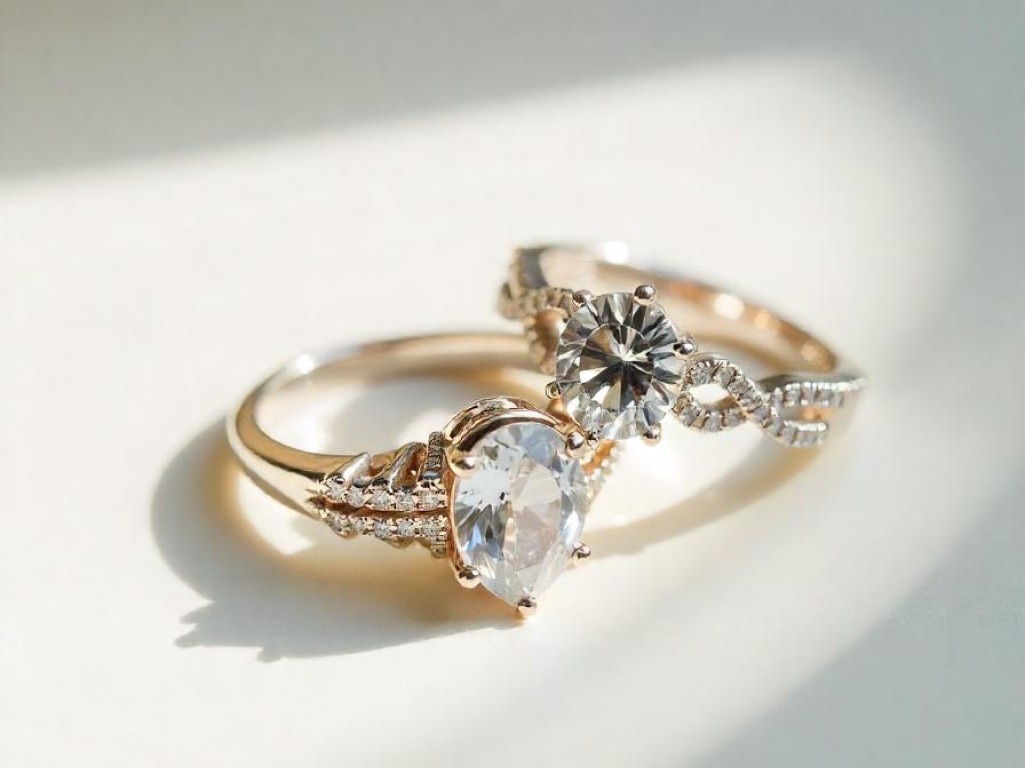
What is a Diamond?
Diamonds are gemstones consisting of pure carbon and can be either mined from the earth or grown in a lab. They are associated with love, commitment, and timeless beauty. Diamonds can take millions or even billions of years to form naturally and are highly valued for their rarity and durability.
Pros of Diamonds
Durability
- Diamonds rank 10 on the Mohs scale, making them the hardest known natural material. This means they can withstand daily wear and tear with proper care.
- To ensure your diamond remains in top condition, avoid exposing it to harsh chemicals and store it safely when not in use.
Lifetime Sparkle
- With proper maintenance, a diamond will maintain its color, brilliance, and fire for years to come. Look for a diamond with high clarity (VS1 or VS2) and a color grade between G and I for the best appearance.
Heirloom Quality
- Diamonds are ideal for creating heirloom pieces that can be passed down from generation to generation. Whether set in an engagement ring or fine jewelry, a high-quality diamond will last a lifetime.
Cons of Diamonds
Ethical Concerns
- Mined diamonds can have significant environmental and ethical issues. The mining process can lead to habitat destruction and the creation of acidic tailing ponds, which can be harmful to local communities and ecosystems.
- Additionally, some mined diamonds are associated with conflict, known as “blood diamonds,” which involve inhumane treatment of workers and communities. While regulations like The Kimberley Process aim to address these issues, they are not fully effective.
- Lab-grown diamonds are a more ethical alternative, as they are made of pure carbon and share the same optical properties as mined diamonds.
Price
- Diamonds are significantly more expensive than cubic zirconia. The average consumer can expect to spend between $1,500 for a 0.5-carat diamond to $21,000 for a 2-carat diamond.
- For a more affordable option, consider lab-grown diamonds, which can cost up to 40% less than their mined equivalents.
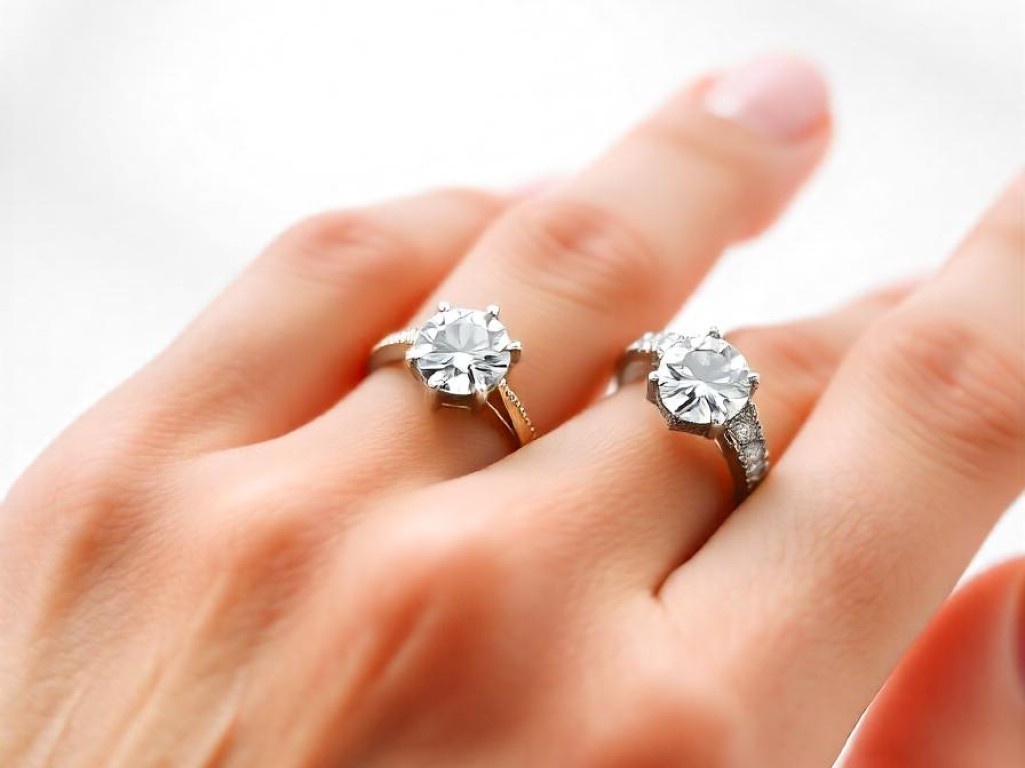
Which Is Better: Cubic Zirconia or a Diamond?
The bottom line is that a cubic zirconia gemstone is not recommended for use in an engagement ring. The stone simply isn’t durable enough for everyday wear and it can lose its sparkle over time. However, if money is tight, CZ can make for a good starting point for couples who want an affordable engagement ring now while being able to save up for a more costly piece in the future.
That being said, you could get away with buying a pair of cubic zirconia earrings or a CZ necklace since these pieces wouldn’t be exposed to as much stress as an engagement ring. Just keep in mind that the stones may eventuall y lose their brilliance without proper maintenance and care. And don’t try to pass them off as the real deal as diamond experts can quickly tell the difference.
At the end of the day, diamonds are better than cubic zirconia and are valued as such. There is a myriad of negative factors associated with mined diamonds, however, they can all be avoided by simply choosing lab created diamonds instead.


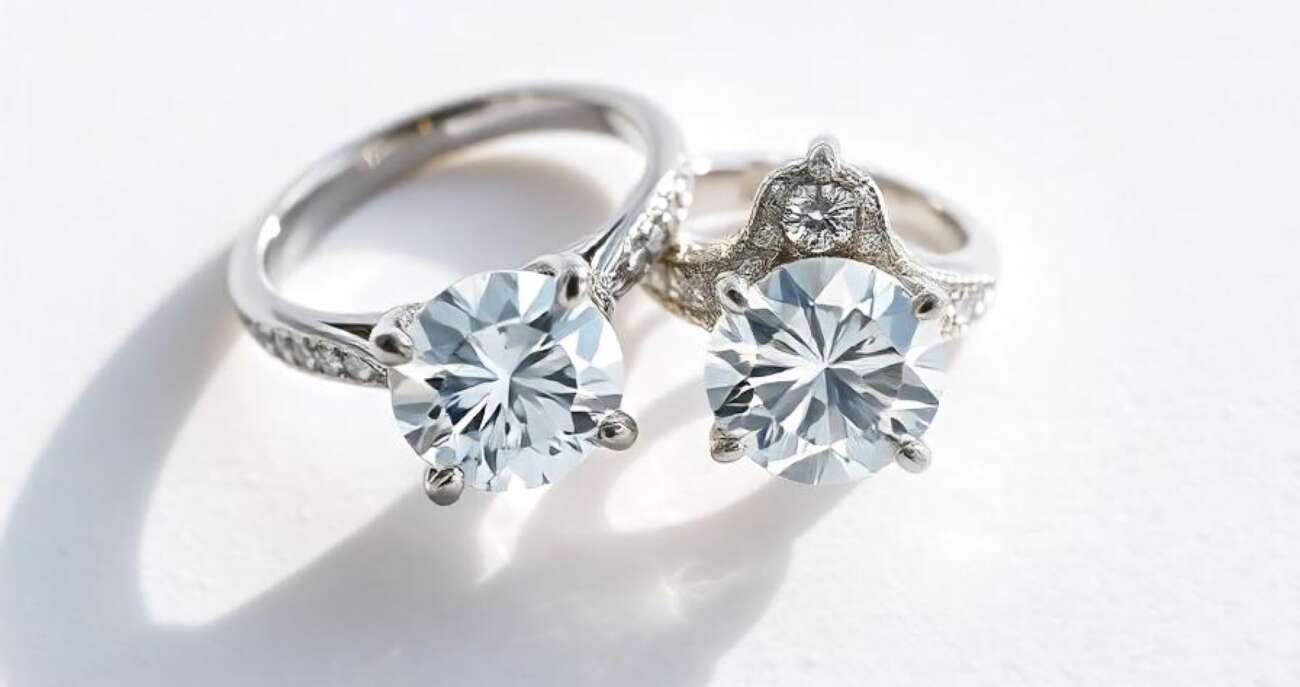

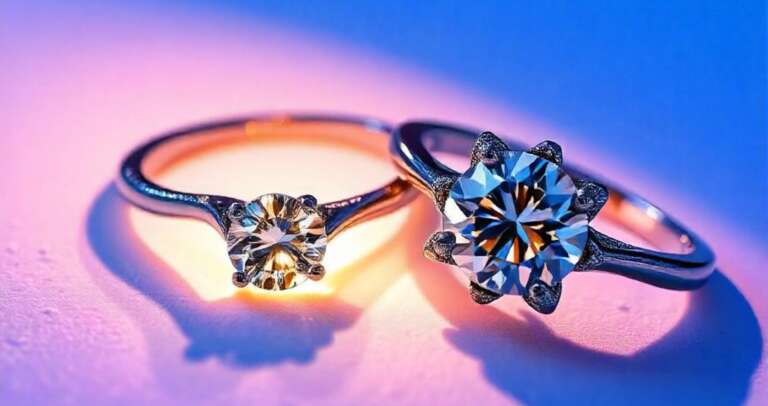
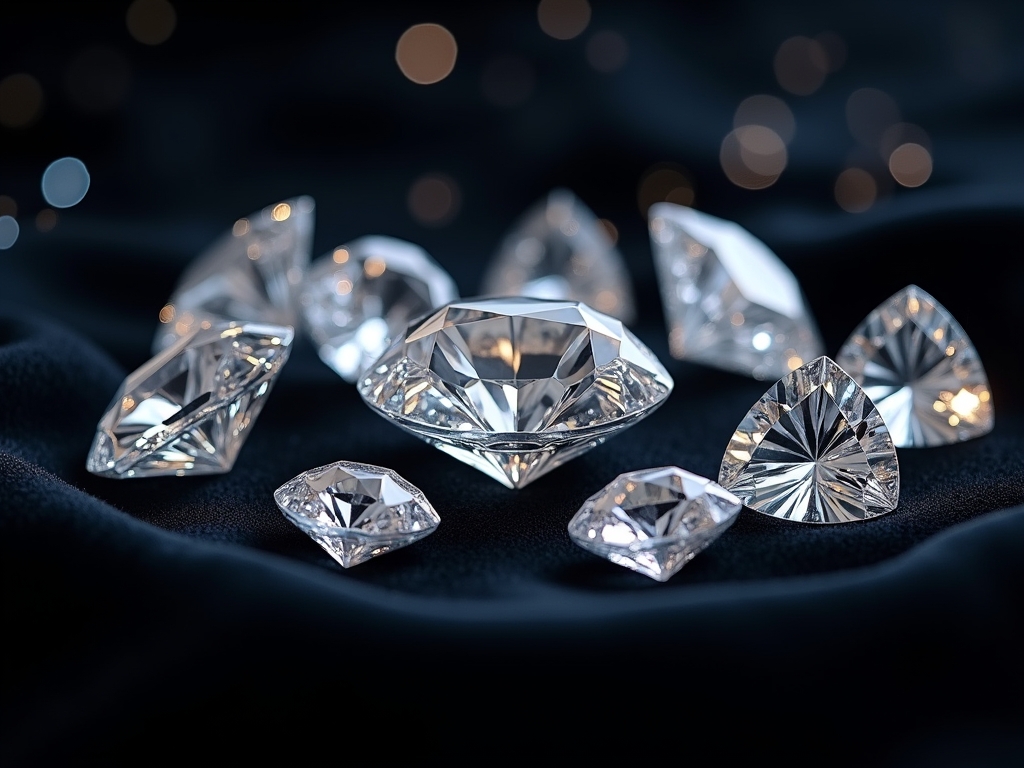
Leave a Comment